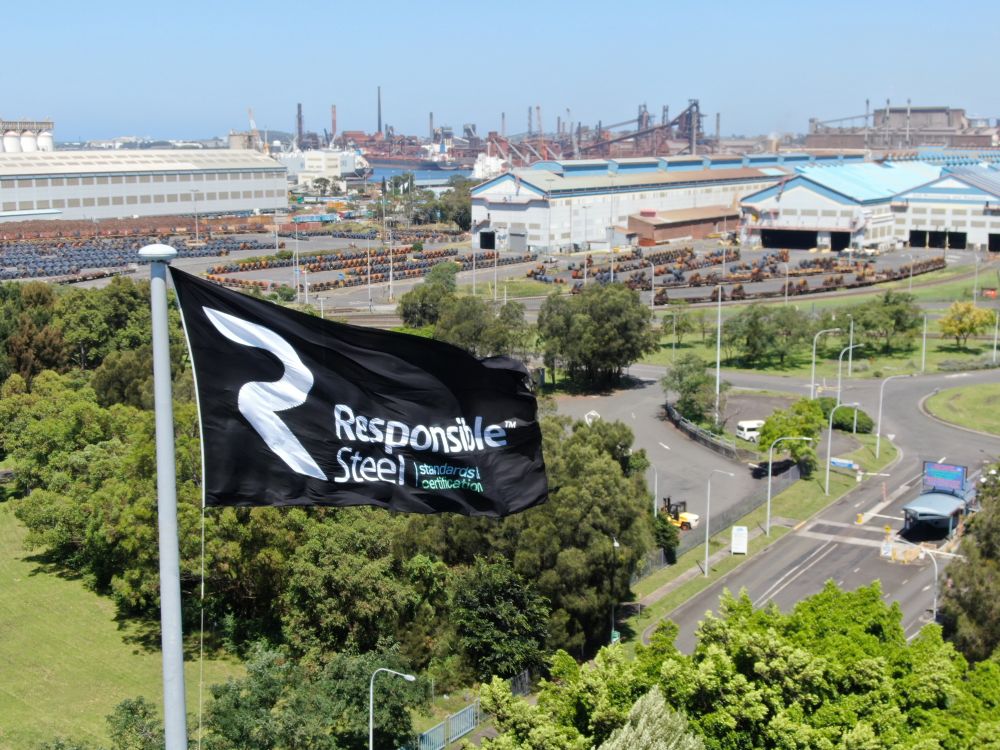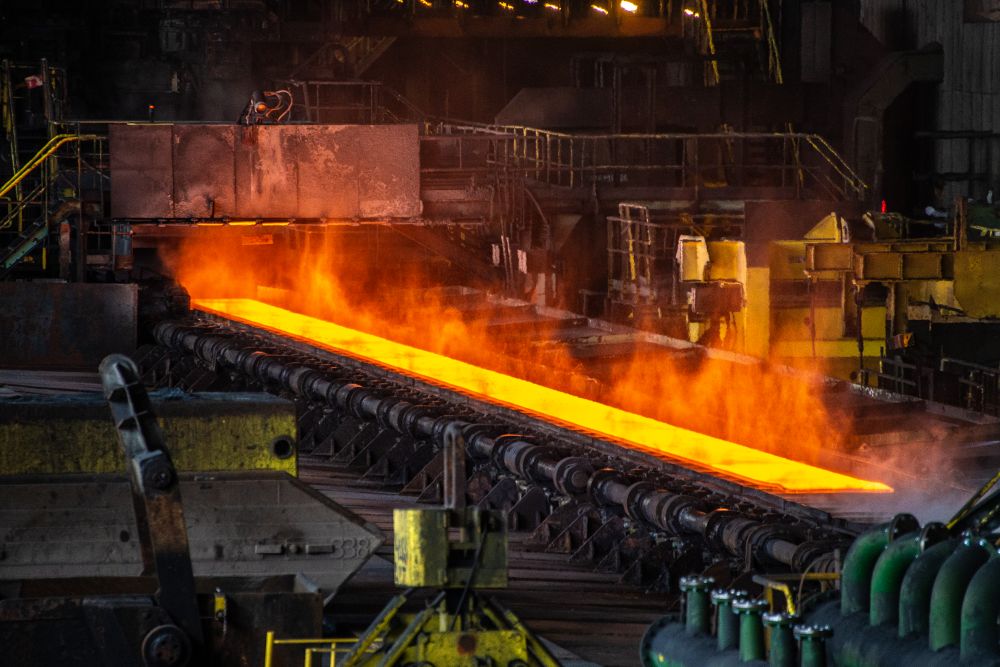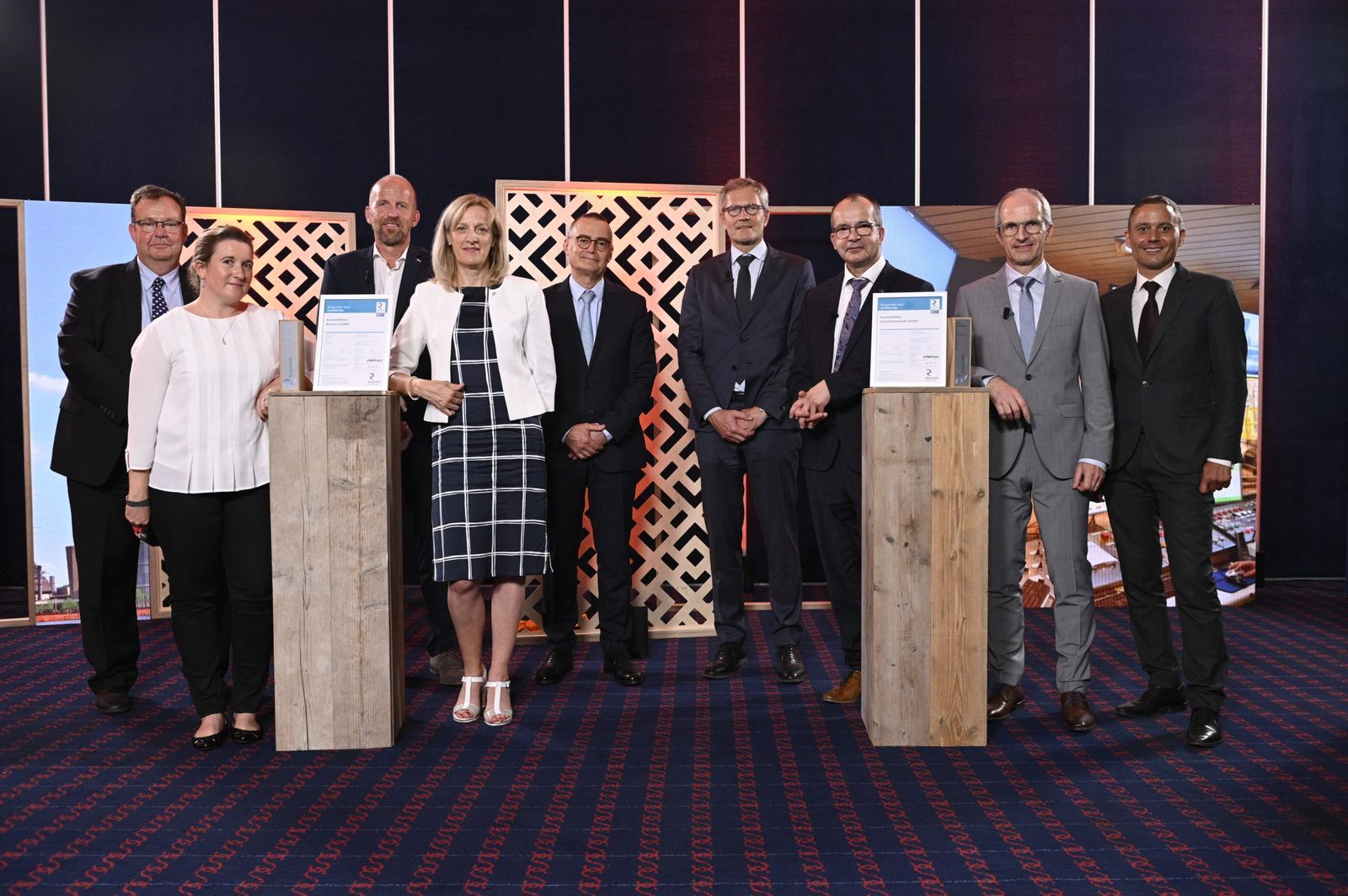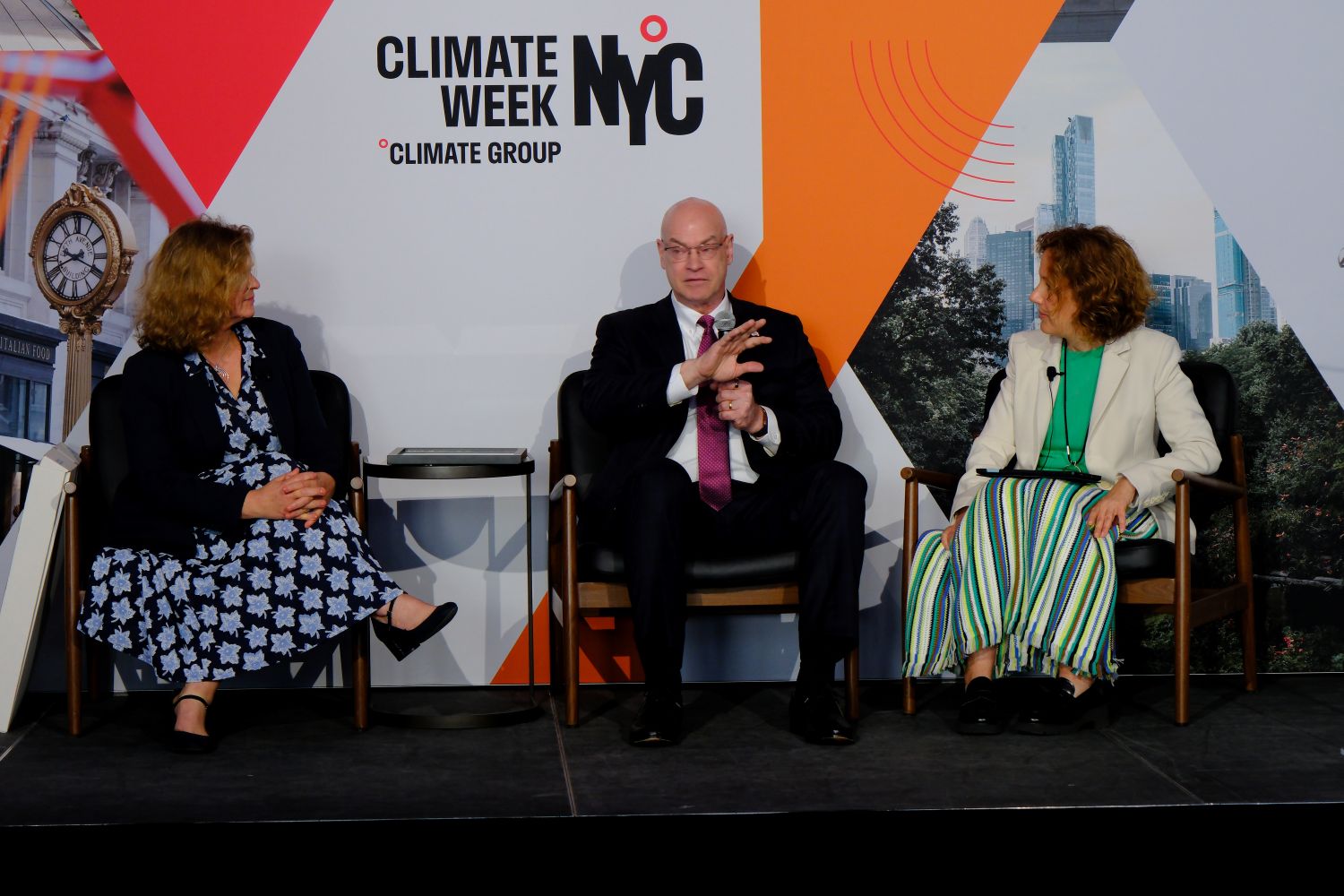ResponsibleSteel: How did we get here?
ResponsibleSteel: How did we get here?
ResponsibleSteel: How did we get here?

Steel is everywhere. It’s in the buildings we live and work in, the cars we drive, and the wind turbines we’re relying on for a low-carbon future. It’s strong, versatile and essential. But it also comes with a heavy social and environmental footprint, having a profound impact on people and the planet.
As global attention increasingly began to zero in on climate and sustainability issues, industries like agriculture, textiles, and timber began developing standards to measure and improve their impacts. But steel, despite being one of the most widely used and most carbon-intensive materials globally, remained largely outside this conversation. There was no common language, no shared benchmark, and no way of independently measuring industry progress.
An idea takes shape
The concept for a global standard for steel started to take shape between 2011 and 2015, developed initially by the Australian Steel Stewardship Forum. The foundations were laid for an international, non-profit, multi-stakeholder organisation to tackle the most pressing sustainability issues in the steel industry.
By 2015, industry stakeholders, including BlueScope and ArcelorMittal, began coming forward to support the initiative, recognising the need for an independent initiative to drive and measure industry progress. In 2016, the first face-to-face council meetings were held, and the organisation was incorporated as the Steel Stewardship Council.

The development of the first Standard
Developing a sustainability standard for one of the world’s most complex industries was no small task. But by 2017, the first working draft of ResponsibleSteel’s Production Standard had been developed using ISEAL’s Codes of Good Practice as a reference.
Over the next two years, input from over 70 organisations and 180 individuals helped shape and strengthen the standard. In 2019, the ResponsibleSteel International Production Standard Version 1.0 was approved by both business and civil society members, marking a critical milestone in making responsible steel a global reality.

The first ResponsibleSteel Certified Sites
Within two months of launching the Standard, the first steel sites began the audit process. Despite setbacks caused by the COVID-19 pandemic, the world’s first ResponsibleSteel certifications were awarded in 2021 to four ArcelorMittal sites in Belgium, Germany, and Luxembourg.
Momentum quickly grew. By 2022, sites in Australia, North and South America, and Asia were certified, and by November, ResponsibleSteel Certified Sites spanned five continents and covered over 100 million tonnes of steel production.

Raising the bar: Certified Steel
Even before the first certificates were issued, work had already begun on a more ambitious task to define what truly low-emission, responsibly sourced steel should look like.
This led to the development of rigorous requirements on decarbonisation and materials sourcing. These requirements were refined through member working groups, public consultations, and a 12-month test phase, before being finalised as part of the ResponsibleSteel International Production Standard Version 2.1, published in 2024.
Version 2.1 marked the green light for steelmakers ready to take their ResponsibleSteel journey to the next level: Certified Steel. In September 2024, at Climate Week NYC, U. S. Steel’s Big River Steel was unveiled as the first site globally to market and sell Certified Steel.
What’s next?
What began as a small initiative has become a global multi-stakeholder movement. Today, the ResponsibleSteel community numbers over 160 members from across the steel value chain and civil society organisations.
With the support of our members and partners, we continue to work to improve our standards and certification programmes. This includes work on the revision of the Production Standard to ensure it remains aligned with the needs of the industry and our planet, and the development of a Chain of Custody Standard to enable downstream buyers to make credible claims relating to the amount of Certified Steel in their products.
Together, we’re striving to construct an ecosystem to support a positive industry transition by engaging the full value chain, as well as policymakers and finance institutions, and by championing consistent, comparable emissions measurement to support alignment across standards and build a market for low-emission and near-zero steel.
Join the Movement
Steel is at the heart of the global economy – and the climate challenge. The work we do now will shape the industry of the future.
Find out how you can get involved here.


